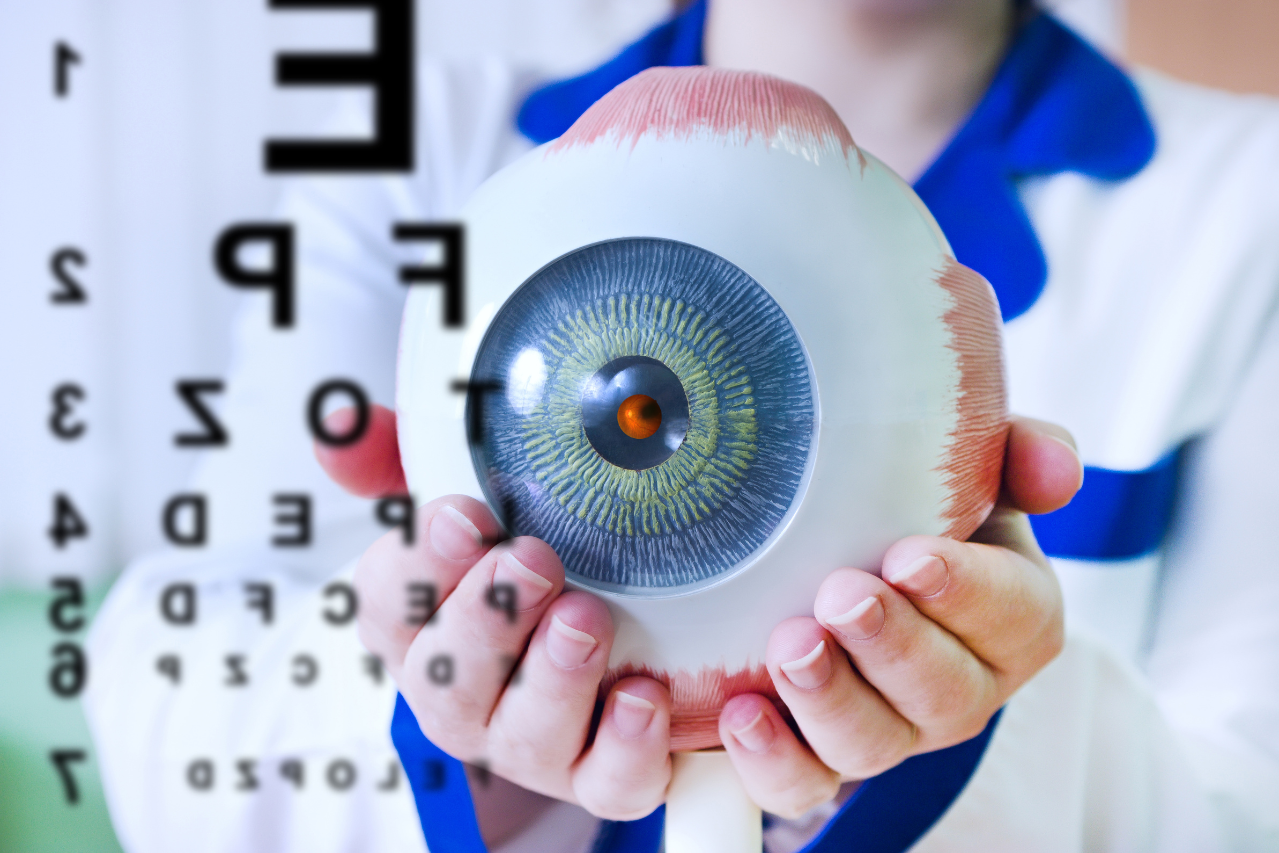Imagine checking your blood pressure or screening for diabetes without stepping into a doctor’s office, pricking your finger, or strapping on a cuff. Sounds like science fiction, right? Not anymore. A groundbreaking system that combines high-speed video technology with artificial intelligence (AI) is transforming this vision into reality.
This innovative approach offers quick, contact-free health screenings, potentially making early detection of high blood pressure and diabetes as simple as taking a selfie. According to a preliminary study set to be presented at the American Heart Association’s Scientific Sessions 2024 (Nov. 16–18, Chicago), this approach may pave the way for more accessible health monitoring.
A Game-Changer in Health Monitoring
“This technology could one day enable individuals to monitor their health from the comfort of their homes, fostering early detection and intervention for high blood pressure and diabetes, especially for those who avoid medical checkups,” said study lead Ryoko Uchida, B.Sc. (Pharm.), a researcher in advanced cardiology at the University of Tokyo, Japan.
The system leverages subtle changes in blood flow caused by conditions like high blood pressure and diabetes, which are detectable in the face and palms. Researchers utilized a high-speed video camera capable of capturing 150 frames per second to record facial and palm images. The system analyzed these recordings using wavelength data to identify pulse waves. AI algorithms then processed these blood flow patterns to identify health indicators.
Key Findings from the Study
- High Blood Pressure Detection:
- The system demonstrated 94% accuracy in detecting stage 1 hypertension (blood pressure ≥130/80 mm Hg) compared to a continuous blood pressure monitor, based on American Heart Association guidelines.
- In a subset analysis, a 30-second video captured by the system identified above-normal blood pressure with 86% accuracy, while a five-second video achieved 81% accuracy.
- Diabetes Detection:
- The system achieved 75% accuracy in identifying diabetes compared to hemoglobin A1c (HbA1c) blood test results. The A1c test measures average blood sugar levels over the preceding 1–2 months.
“These findings are encouraging, especially in identifying diabetes using changes in blood flow,” Uchida noted. Peripheral neuropathy and blood vessel damage, common diabetes complications, often cause blood flow alterations, making this technology a logical step forward.
Future Potential and Challenges
While the results are promising, there is work to be done before this technology becomes widely available. Uchida emphasized the need to refine the algorithm to account for arrhythmias or irregular heartbeats, which may influence blood pressure readings. Additionally, improving the diabetes detection algorithm’s accuracy will be essential.
Future iterations of the technology aim to use more compact and affordable sensors. These could potentially be integrated into everyday devices like smartphones or mirrors, requiring just a few seconds to gather data.
“Once validated, these advancements could democratize health monitoring, making it affordable and accessible on a global scale,” Uchida said. She also expressed hopes to seek U.S. Food and Drug Administration (FDA) approval for an at-home diabetes detection device in the future.
Expert Opinions
Dr. Eugene Yang, a clinical professor at the University of Washington School of Medicine and an expert in cardiovascular wellness, praised the study’s innovation but highlighted the importance of rigorous validation. “Until these technologies undergo standardized validation protocols, we must continue relying on approved, validated devices for measuring blood pressure and glucose levels,” he said.
Study Limitations
While the study offers exciting insights, it has notable limitations:
- The study population primarily consisted of Japanese and Asian participants, which may limit generalizability to other demographics.
- Data collection occurred in controlled hospital environments, raising questions about performance in less controlled or varying lighting conditions.
- Participants remained stationary during data collection; movement could affect the results.
Study Design and Demographics
The study involved 215 adults (average age: 64; 36% female), predominantly Japanese and other Asian ethnicities. Among them:
- 62 participants had high blood pressure (≥130/80 mm Hg).
- 88 participants had normal blood pressure (<115/75 mm Hg per Japanese standards).
- 44 participants had diabetes or HbA1c levels ≥6.5%.
Data was collected at the University of Tokyo Hospital between August 2022 and May 2024. Video recordings captured blood flow patterns in 22 regions of the face and eight areas of the palms, providing the data for AI analysis.
Broader Implications
If successfully developed and validated, this technology could redefine early screening and chronic disease management, reducing barriers to healthcare access and improving patient outcomes. With further refinement and validation, AI-powered non-invasive health monitoring may soon transition from research to widespread application, heralding a new era of preventive care.
Are you interested in how AI is changing healthcare? Subscribe to our newsletter, “PulsePoint,” for updates, insights, and trends on AI innovations in healthcare.



